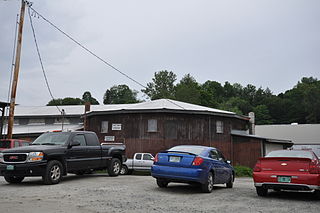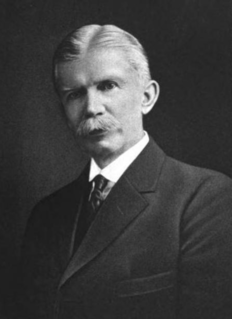 W
WThe Beck and Beck Granite Shed is a historic granite shed at 34 Granite Street in the city of Barre, Vermont. Built in 1933, it is a rare surviving example of a rectangular granite shed, a late style of granite processing facility. The Beck and Beck Company was started by the area's first German immigrants, and operated until 1960. The building now houses a non-profit and store that repurposes and recycles building materials. It was listed on the National Register of Historic Places in 2011.
 W
WThe Clark and McCormack Quarry and House consists of a historic quarry and the adjacent residential estate of one of the owners in Rockville, Minnesota, United States. The Clark and McCormack Quarry was established in 1907, and was the source of Rockville Pink granite. The John Clark House was built in 1924 with granite from the quarry. The property was listed on the National Register of Historic Places in 1980 for its local significance in the theme of industry. It was nominated for being one of Minnesota's major producers of structural granite and the best representative of eastern Stearns County's important granite quarrying industry.
 W
WThe E.L. Smith Roundhouse Granite Shed is a historic granite shed at 23 Burnham Street in the city of Barre, Vermont. Built in 1889, it is the only known surviving example of a circular granite cutting shed in the United States. It was listed on the National Register of Historic Places in 2011.
 W
WLyon's Turning Mill is a historic turning mill that created granite columns on Ricciuti Drive in Quincy, Massachusetts.
 W
WThe Penmaenmawr & Welsh Granite Co. owned and operated a major granite quarry on the north Wales coast located between Conwy and Llanfairfechan. Granite axe-heads and other implements from Neolithic quarries at Penmaenmawr have been found throughout Britain.
 W
WRock of Ages Corporation is a granite quarrying and finishing company located in Graniteville, Vermont. It was founded in 1885.
 W
WThe Venable Brothers was a business venture formed by brothers William Hoyt Venable (1852–1905) and Samuel Hoyt Venable (1856–1939) in DeKalb County, Georgia. The brothers owned rock quarries. Sam Venable was involved in the resurgence of the Ku Klux Klan and in the creation of the Confederate memorial on Stone Mountain, Georgia. He owned Stone Mountain, where a cross burning was held in 1915, and granted the Klan an easement to the mountain in 1923. The Venable brothers granted a 12-year lease to Stone Mountain for the carving of the Confederate memorial carving started by Gutzon Borglum.